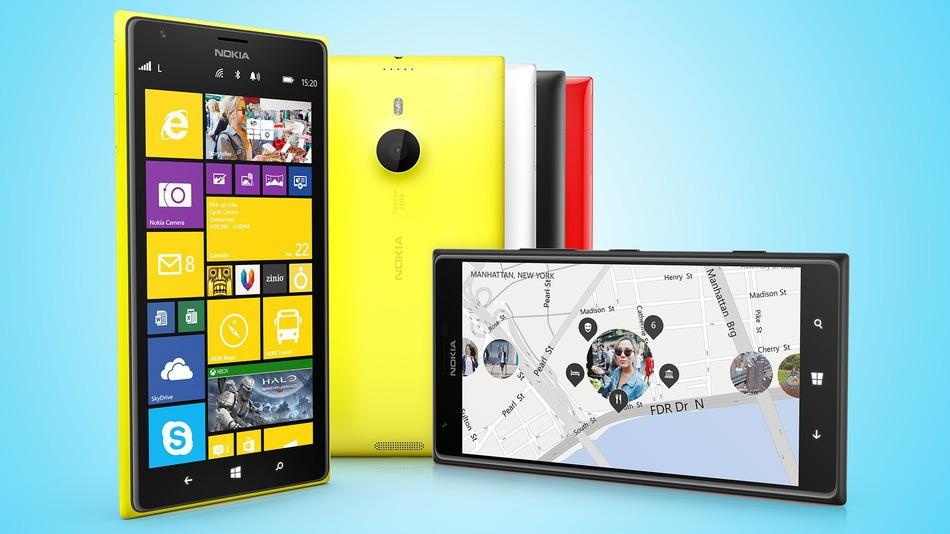The Samsung Galaxy S5 is likely to go on to become one of the top-selling Android Smartphones of the year 2014. This Smartphone is the latest in Samsung’s flagship line and better in performance and design than ever. The Samsung Galaxy S5 will soon hit the market and compete with the best Android Smartphones, including the Nexus 5. While Samsung looks to add more features on top of Android with the Galaxy S5, Google uses the Nexus 5 as a great example of what an effective Android device can do without carrier add-ons and manufacture overlays. We’ll take a look at how they differ in terms of hardware, software and user-experience.
Display
Both these Android Smartphones offer a similar size display. The Nexus 5 features a 4.9 inch display with 1920×1080 screen resolution and the Galaxy S5 offers a 5.1 inch display with 1920×1080 screen resolution. The Nexus 5 display looks nice, but users do not get much control over its display other than brightness. The Galaxy S5’s display can perfectly adapt to the environment to deliver the better look.
Camera
Samsung packs a bigger 16 megapixel sensor in the Galaxy S5, which is better than the 8-megapixel version found on the Nexus 5. The Samsung Galaxy S5 also brings a new, improved camera interface that amazingly supports new shooting modes and adds HRD in videos. The Galaxy S5 also records 4K video at 30 fps, something that the Nexus 5 is not capable of achieving.
Hardware
The Galaxy S5 comes with 16GB of internal memory, but you have a provision to expand it, via MicroSD cards, up to 64 gigs. The Nexus 5 also comes with 16GB internal memory, but you have no provision to expand it via MicroSD cards.
Interface
The Galaxy S5 runs on the same Android 4.4 KitKat as the Nexus 5. Moreover, it comes with a new TouchWiz customer user interface. Samsung has gone for simpler, more modern icons, and it has tried to simplify it all with icons in the settings in lieu of a long lists.
It is clear that Samsung, with the new Galaxy S5, desires to make significant progress in the field of Wireless technology. For more information, read more at http://www.androidauthority.com/samsung-galaxy-s5-vs-nexus-5-quick-look-2-353160/
